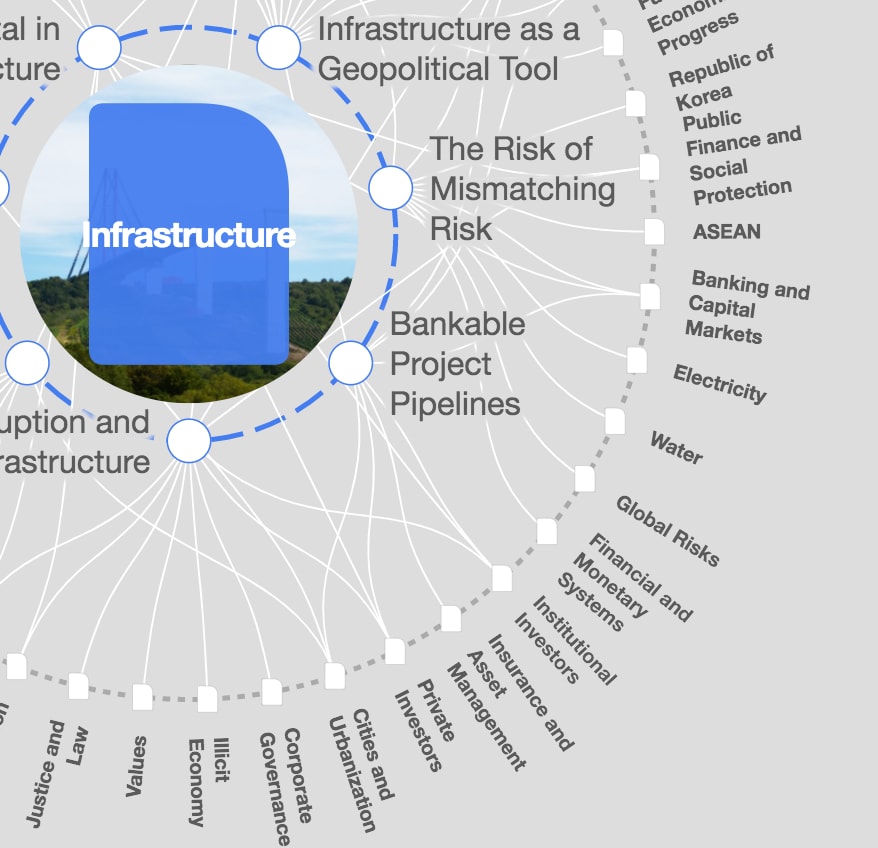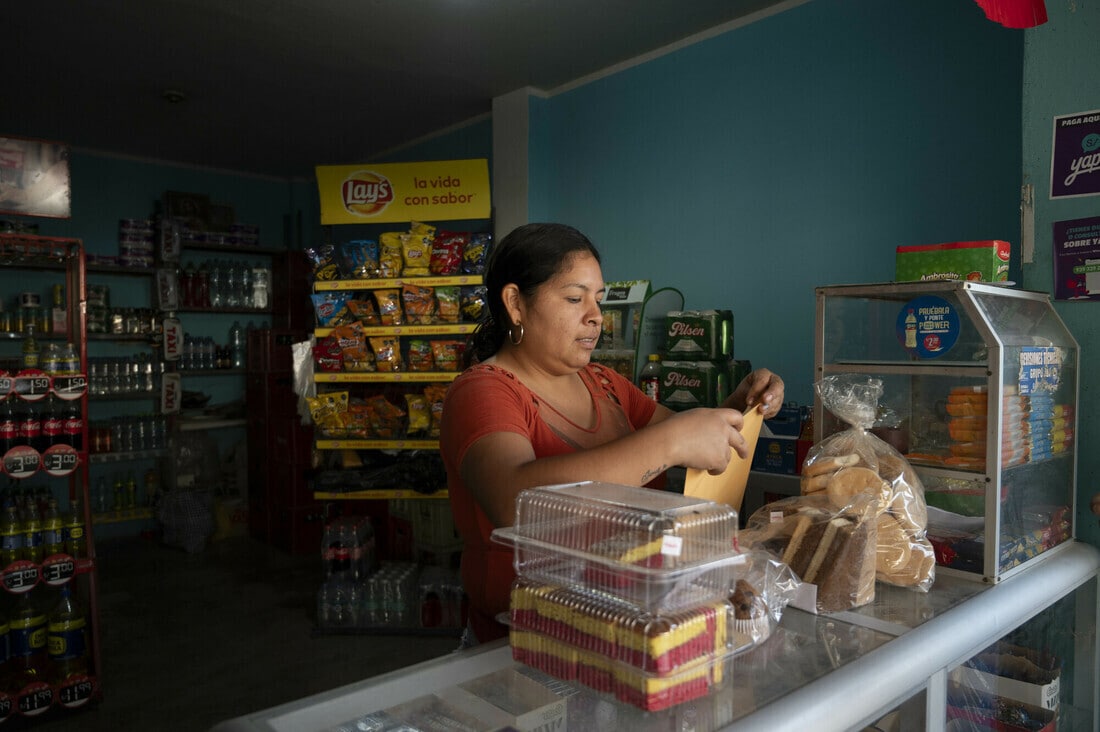Bold climate action could create millions of jobs - but we need to make sure women benefit too

Women should be encouraged to study STEM subjects from an early age. Image: REUTERS/Vincent Kessler

Get involved with our crowdsourced digital platform to deliver impact at scale
Stay up to date:
Infrastructure
Bold climate action could create more than 65 million new jobs in 2030—many of them in sustainable infrastructure fields like clean energy, public transit and efficient buildings. However, as part of a just transition, we’ll need to make sure men and women benefit equally from these millions of new jobs.
Women have historically been left out of traditional infrastructure fields. They hold only 17.5 percent of jobs in the EU’s transport sector, and represent only 20-25 percent of the workforce in the energy sector. Women’s underrepresentation in these fields doesn’t just hurt them, it hurts everyone. Ensuring that women have access to opportunities in sustainable infrastructure projects can spur economic growth, improve environmental outcomes and generate social benefits.
Women’s access to jobs matters for everyone
More than 2.7 billion women around the world still encounter significant, oftentimes legally entrenched barriers that limit their participation in the workforce. Such exclusion lowers productivity and shortchanges everyone. Research from the New Climate Economy shows that women’s equal participation in the economy could boost global GDP by as much as $28 trillion per year by 2025 and improve companies’ profits. More women on boards in the energy sector can bring higher returns on both equity and investment. For example, the top 20 most gender-diverse energy utilities outperform less diverse ones.
Women’s inclusion in the labor force can also advance low-carbon, sustainable development. Evidence shows that businesses with more women on their boards and in executive-level positions are more likely to proactively improve energy efficiency, invest in renewable power, and measure and reduce carbon emissions.
In addition to economic and environmental benefits, women’s inclusion in employment sectors also brings social changes that advance women’s status in their communities. In Tanzania, for instance, a UN project that trained women to install and maintain solar energy panels not only economically benefitted the trainees, but also encouraged female members of village solar energy committees to more actively participate in environmental decision-making processes.
How to increase women’s participation in the sustainable infrastructure workforce?
1. Level the playing field and facilitate skill-building.
Many job opportunities generated through the low-carbon transition will require sound technical skills. The disparity between men and women in Science, Technology, Engineering and Mathematics (STEM) fields across the world is no secret, and the gap is widening in some countries. Females represent only 35 percent of students enrolled in STEM fields globally, and women are more likely to drop out of their STEM careers than men for reasons such as gender-based harassment. Implementing legal and institutional policies to make women’s work and study environments more conducive to their success is essential. Programs such as Global Women’s Network for the Energy Transition, Women in Infrastructure and Women in Cleantech and Sustainability have created support networks and mentoring opportunities for female professionals in various STEM-related fields.
On-the-job trainings are also helpful in bridging the skills gap. Many renewable energy initiatives, such as Solar Sister in rural African communities and Grameen Shakti in Bangladesh, build women’s entrepreneurship and ability to repair solar home systems, respectively, as integral elements of a successful project. Several states across the United States, including California, Massachusetts and West Virginia, have used pre-apprenticeship programs to launch women’s careers in construction and other infrastructure-related trades.
2. Hire at all levels and across the supply-chain.
Across all infrastructure-related sectors, women remain underrepresented in technical divisions and at higher levels of the jobs ladder. Only 17.5 percent of employees in the EU’s transport sector are women, and they make up only 10 percent of the technical or operational divisions’ workforce. The majority are employed in administrative or customer service roles. Women also made up less than 17 percent of the water, sanitation and hygiene (WASH) labor force in developing countries. Instituting fair hiring and promotion policies can accelerate change – hiring more women into senior positions often creates a cycle of inclusive hiring.
Many companies have adopted ambitious gender equity commitments, but follow-through remains a challenge. Funders of sustainable infrastructure projects can use tools like Diversity and Inclusion ratings or Bloomberg GEI, which mandate gender diversity in the boardroom and ensure compliance with inclusive hiring and labor policies.
3. Foster an inclusive work environment.
Encouraging gender diversity in the workplace is not enough. Women still make 50 percent less than men at managerial positions in the energy sector. The average gender wage gap, or difference between male and female wages, is 35 percent in the basic infrastructure industry and 39 percent for the mobility sector. At many companies, internal biases and office cultures prevent women’s upward mobility to decision-making positions. To attract and retain the female workforce, corporations must eliminate structural inequities, beginning with adopting policies focused on equal pay, flexible schedules, maternity leave and harassment redressal.
Investing in new, low-carbon economies offers a rare opportunity to ensure that sustainable infrastructure jobs do not come with the inherent injustices of traditional infrastructure fields. With the main theme of next week’s 63rd Commission on the Status of Women being women’s access to social protection, public services and sustainable infrastructure, pushing for more women in the sustainable infrastructure workforce is one of many strategies that global leaders can adopt. It is time that we see women as builders of a low-carbon, resilient and just future.
Don't miss any update on this topic
Create a free account and access your personalized content collection with our latest publications and analyses.
License and Republishing
World Economic Forum articles may be republished in accordance with the Creative Commons Attribution-NonCommercial-NoDerivatives 4.0 International Public License, and in accordance with our Terms of Use.
The views expressed in this article are those of the author alone and not the World Economic Forum.
Related topics:
The Agenda Weekly
A weekly update of the most important issues driving the global agenda
You can unsubscribe at any time using the link in our emails. For more details, review our privacy policy.
More on Education and SkillsSee all
Jeff Maggioncalda
June 21, 2024
Chun Yin Mak
June 18, 2024
Rahmin Bender-Salazar, Breanne Pitt and Christian Roth
June 13, 2024
Mark Muckerheide
May 21, 2024







